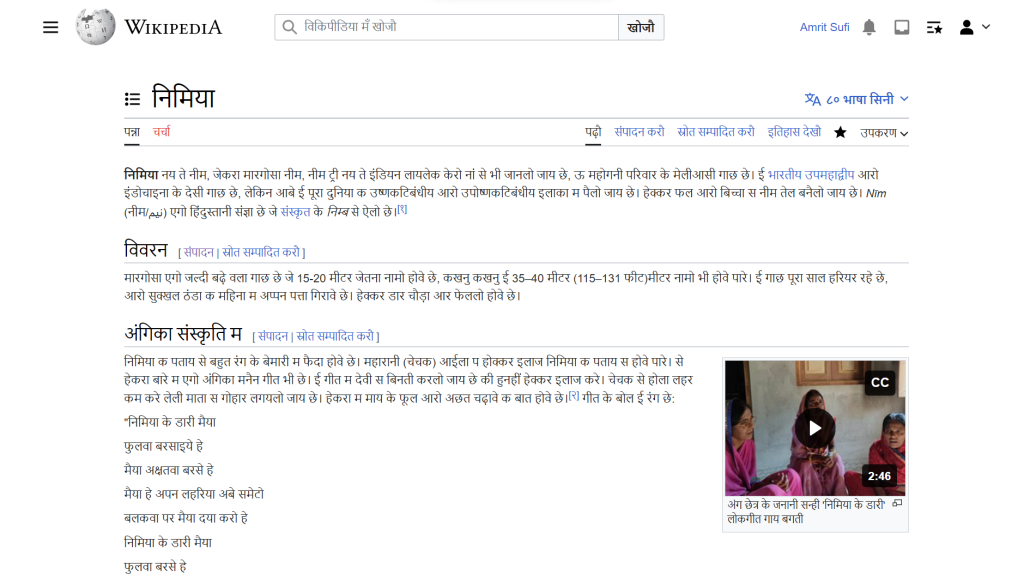A method I have been using to assert my language and cultural heritage is documenting Angika oral culture and integrating it with different Wikimedia projects. Oral culture serves as a valuable record of people’s voices, making it crucial to create comprehensive archives. As linguist Bidisha Bhattacharjee says: “Different forms of oral traditions express the unique identity of a community, its history, its tradition, its cultural heritage and ethnicity.”
Recently, when I was visiting my village, Akhadi pooja, an annual festival, was taking place. Interestingly, the way this festival is performed in my village differs from the usual practice. Apart from widespread practice of worshipping goddess Kali, the villagers worship the nearby hill deity called ‘Biharo Maay’ on the same day. The goddess is believed to be residing in Suiya hill, locally known as ‘Biharo Pahaad’, the villagers worship her to seek security from wild animals dwelling in the hill. The festival takes its name from ‘Asadh’ (असाढ़) month of the Hindu calendar (June-July). Another unique aspect of the worship in my village is the involvement of a man who dances in sync with the beat of drums and cymbals. He assumes the role of the goddess’s attendant, and in her presence, he feels a profound connection, transforming into her embodiment, with his dance becoming a manifestation of her divine energy.
Intrigued by this, I decided to experiment in documenting the event and conduct an interview with one of the participants to explore the lore behind this distinct form of worship. Another factor that motivated me is the practice of singing folk songs during the festival. One of the folk songs around Neem tree that I have already documented is also practised during this festival, as it is believed that the goddess guards the worshippers against smallpox.
Integrating oral culture with Wikimedia projects
After recording audio-visuals of Angika folk culture and uploading them on Commons, I transcribe them and upload them on Wikisource. The video and transcription are then linked to related articles on Wikipedia. For example, the article on Neem in Angika wikipedia has a subsection titled ‘In Angika culture’. This section describes the mention of neem in Angika folk songs and celebrations. The related Commons video and Wikisource text are linked to it.

Invitation to join hands to document Indic Oral Culture
It is crucial to encourage documentation efforts for languages and cultures around the world. As Mamadou Kouyate, a West African griot (oral performer) expresses it: “We are vessels of speech, we are the repositories that harbour secrets many centuries old…We are the memory of mankind, by the spoken word we bring life to the deeds and exploits of kings for younger generations.”
In order to make it easier to document oral culture, I worked on the Oral Culture Transcription Toolkit with help from Wikitongues and OpenSpeaks. This toolkit has information on how to begin language documentation, tips on good audio-visual documentation, and Wikimedia workflow on uploading the files on Commons and Wikisource. Based on a Wikimedia funded research project for needs assessment, the urgent needs with regards to documenting language and culture were assessed and reported on.
Based on the learnings of the research, a new project has been proposed on documenting Indic oral culture. This project is dedicated to providing training to volunteers from Indic languages, to document their oral culture on Wikimedia projects. Hence enriching the presence of their language and culture online. If you are interested in participating in any capacity, feel free to join the project on Meta-wiki or contact me at amritsufi2@gmail.com.

Can you help us translate this article?
In order for this article to reach as many people as possible we would like your help. Can you translate this article to get the message out?
Start translation